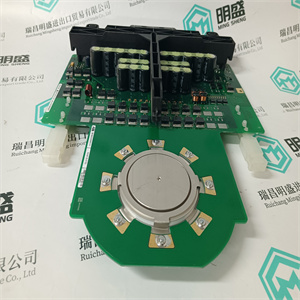
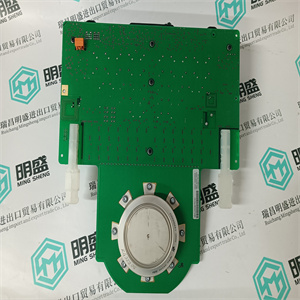
Due to the action of pressure oil, the unbalanced force makes the rotor produce torque. The output torque of the vane hydraulic motor is related to the displacement of the hydraulic motor and the pressure difference between the inlet and outlet of the hydraulic motor, and its speed is determined by the flow of the input hydraulic motor. Since hydraulic motors generally require positive and negative rotation, the blades of vane hydraulic motors should be placed radially. In order to ensure that the blade root is always filled with pressure oil, a check valve should be set on the path from the return and pressure oil chamber to the blade root. In order to ensure that the blade type hydraulic motor can start normally after the pressure oil is connected, the top of the blade must be in close contact with the inner surface of the stator to ensure a good seal. Therefore, a pre tightening spring should be set at the blade root. The vane hydraulic motor has small volume, small moment of inertia, sensitive action, and can be used in occasions with high commutation frequency; However, the leakage is large and unstable at low speed. Therefore, vane hydraulic motors are generally used in occasions with high speed, small torque and sensitive action requirements. Working principle of radial plunger hydraulic motor: when the pressure oil enters the bottom of the plunger in the cylinder through the window of the fixed oil distribution shaft 4, the plunger extends outward and firmly presses against the inner wall of the stator, because there is an eccentric distance between the stator and the cylinder block. At the contact between the plunger and the stator, the reaction force of the stator on the plunger is. The force can be decomposed into two components, and. When the oil pressure acting on the bottom of the plunger is p, the diameter of the plunger is D, and the included angle between the force and is x, the force generates a torque on the cylinder block to make the cylinder block rotate. The cylinder block then outputs torque and speed through the transmission shaft connected to the end face. In the case of a plunger generating torque analyzed above, because there are several plungers acting in the oil pressure area, the torque generated on these plungers rotates the cylinder block and outputs torque. Radial piston hydraulic motors are mostly used in the case of low speed and high torque.

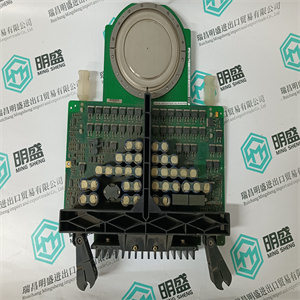
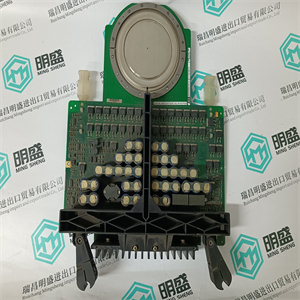
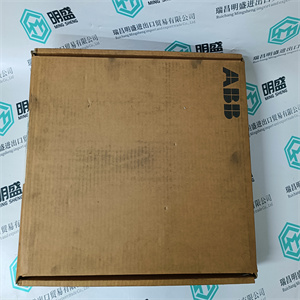
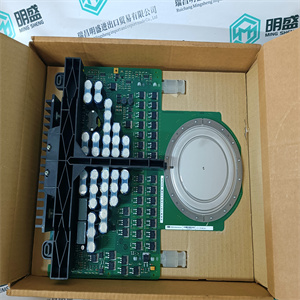


 客服1
客服1